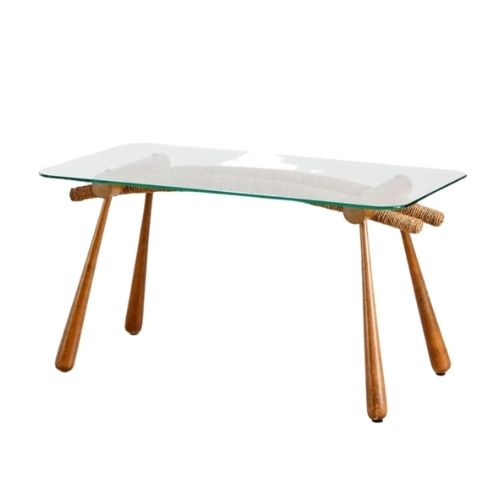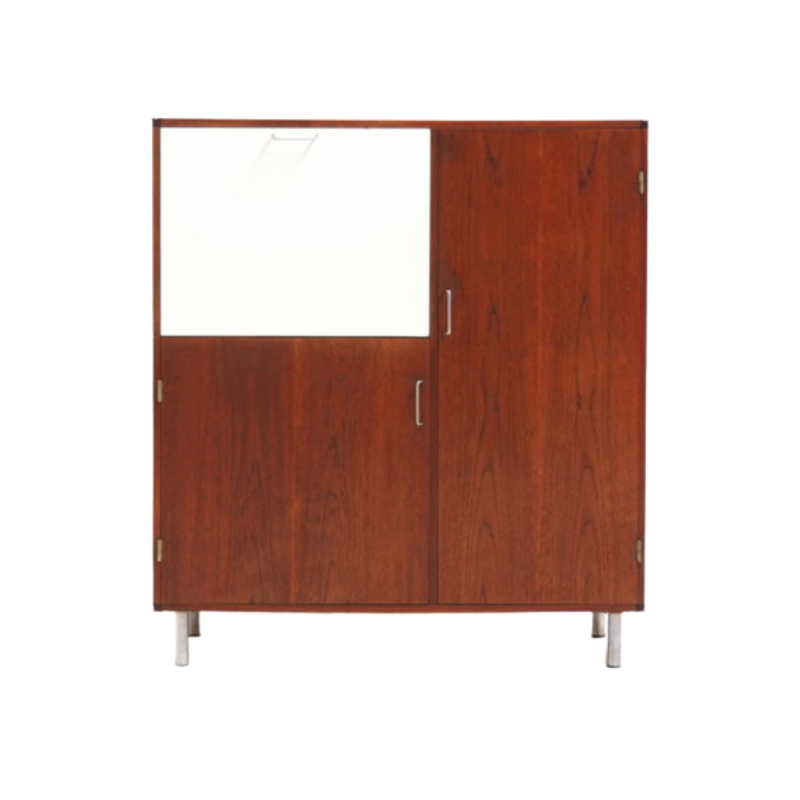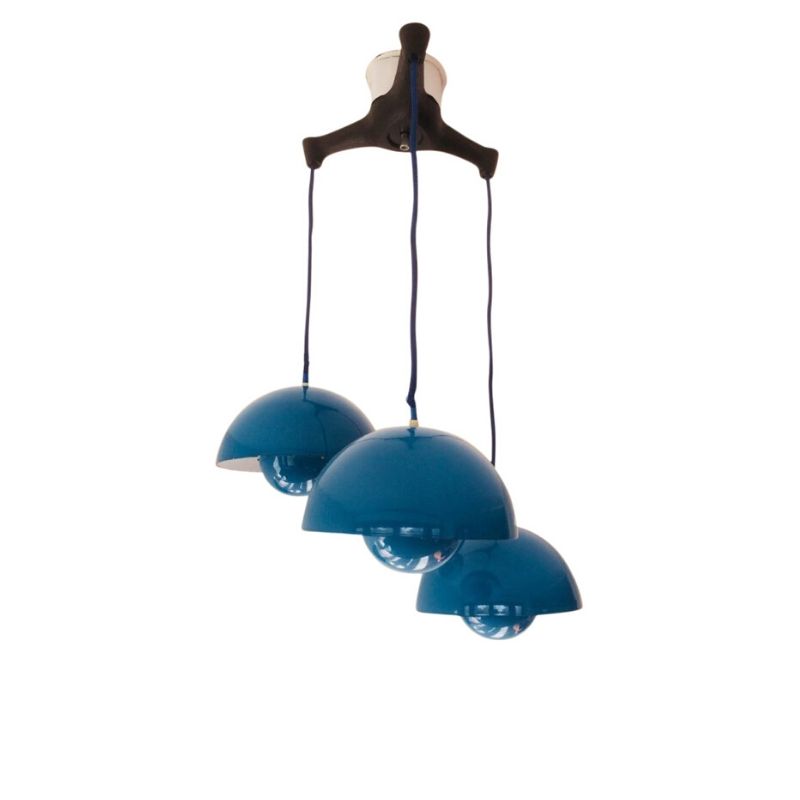Splashing a little water (or mineral spirits if you want to avoid raising the grain) onto raw, sanded wood will give a good idea of how oil will appear when applied. Every piece, even if from the same tree, is different. And oil will darken the wood surface even further than would happen naturally over time which is part of why use remains controversial in some circles. Some argue that it does more harm than varnish because oil requires more regular reapplication which darkens on top of previous treatments and, eventually, obscures the natural beauty and color of the underlying wood similar to old varnish on a painting. Others prefer the dark look and regard it as evidence of authentic age and regular care. To me, it depends on the piece.
Hi folks, I have also a question regarding the wood frame of those chairs. I am currently working on two of them and there are some wear and dark stain spots on the wood. How would you guys consider to refresh the wood? Sanding and apply some teak oil? Would linseed oil also be ok? Thanks in advance for any advice.
@browkin, can you post photos of the stained/worn areas?
Linseed oil is one of the main ingredients in almost every furniture oil product out there, unless clearly stated otherwise, and has been in use as a wood finish for centuries. I'd use the freshest oil finish I could find locally, but you could certainly use only linseed oil. Just make sure it's the "boiled" variety and not the raw stuff made for artists to mix with paints. Modern "Danish" oil finishes typically contain additives like solvents, drying agents, and other resins to make them more durable and user-friendly.
Browkin, to me, these just look like they have years of grime on them. You shouldn't sand them unless you absolutely need to. I'd say just go over them with 0000 steel wool and teak oil (or BLO is that's all you can get) - don't be shy with the oil. This should lift most of the grime. If you need something stronger you can use turpentine with 0000 steel wool. Start there and, if needed, reassess.
The turpentine is just a bit stronger/harsher. Using oil to clean isn't really the same as "applying" oil, you're just using it as a lubricant and to help lift the grime. After getting them clean by whichever method you use you will want to go back and actually oil the chair. I'd say it really doesn't matter which you use first, but as a rule I usually start with the least harsh option - not that the turpentine is going to damage the teak or anything.
@browkin, your photos are perfect illustrations of the condition I described above where multiple applications of oil have oxidized and darkened to the point of obscuring the natural color and grain of the wood. I agree with frankielemmons that a good rubbing with #0000 steel wool and solvent is the way to go. The goal is to remove buildup without disturbing too much the patina of the underlying, aged teak. I love working with turpentine, but it's become expensive and harder to find. White spirits, naphtha, or "odorless" paint thinner will produce the same results for less expense. Skip the oil for later finishing after all looks good and is thoroughly dry. Get a box of nitrile gloves, lots of steel wool and rags, work outdoors in the shade if you can, and go to town. Change wool pads and wipe off the nasty slurry frequently. Rinse entire surface with solvent-saturated rags and let dry to assess progress. Creeping up on desired results is a good strategy here. You can always get more aggressive with stripping old finish but, once done, it's impossible to undo. Bon chance!
If you need any help, please contact us at – info@designaddict.com












